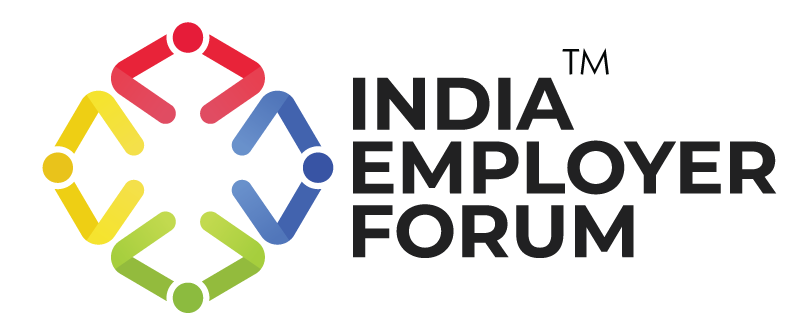As the U.S. wrestles with internal contradictions, India has a unique window to rise—but only if it acts decisively.
The current trajectory of American policy seems to be undermining the very foundations that once propelled it to global dominance. The slogan “Make America Great Again,” which increasingly feels like a coded call to “Make America White Again,” reflects a troubling turn inward. Though it might be tempting for some in India to take pleasure in the United States’ missteps, this moment calls for strategic thinking rather than schadenfreude. Despite recent American actions that may hurt Indian interests in the short term—such as restrictions on immigration, protectionist trade measures, and changes in student visa policies—the U.S. remains one of India’s most important partners in areas ranging from education to investment.
The best metaphor for what is happening in the U.S. might be an autoimmune disorder: a system attacking its own strengths. America’s recent policies have begun to target three of its greatest assets—world-class universities, innovative companies, and a historically welcoming approach to immigration. For India, these shifts may result in fewer remittances, declining student admissions in U.S. universities, reduced foreign investment, and a slowdown in export-driven industries. While these developments may appear temporary, they could also be indicative of a broader and more permanent shift—the possible decline of American global leadership, or what is often referred to as the end of Pax Americana.
This uncertain moment in U.S. history, though disruptive, offers India an opening. But capitalizing on it will require more than rhetoric. India needs to adopt a forward-looking strategy—a 180-day plan that focuses on deregulating businesses, decentralizing governance, and investing heavily in human capital. These reforms are necessary to make India not only a beneficiary of America’s retreat but also a genuine contender on the world stage.
While some trace the origins of Pax Americana back to the aftermath of World War II, a more symbolic starting point could be January 1992. It was then that President George H. W. Bush, following the collapse of the Soviet Union, declared the emergence of the U.S. as the world’s “sole and preeminent power.” This statement, almost biblical in tone, marked a new era of unchallenged American supremacy.
Despite enduring significant challenges since then—9/11, prolonged military conflicts, the 2008 financial meltdown, and the Covid-19 pandemic—the U.S. continued to lead the world in technology, pharmaceuticals, and financial markets. It achieved this by attracting top global talent, funding foundational scientific research, and building companies that created interconnected global supply chains. But now, the very engines that powered this success are under attack from within.
In recent years, the U.S. has adopted policies that discourage immigration and weaken higher education by restricting student visas and cutting research funding. Its global corporations face increasing scrutiny, and its political climate has grown more polarized and protectionist. The U.S. is risking the very model that made it a magnet for talent and investment. If this trend continues, the consequences won’t be limited to America alone—they’ll ripple across the world economy.
For India, this means both challenge and opportunity. On the one hand, reduced access to the American market, tighter visa policies, and declining foreign investments will cause near-term difficulties. On the other, the vacuum created by a retreating America could be filled by a more confident, capable India—if the country takes the necessary steps.
A strong and sustainable Indian rise will depend on bold reforms. First, India must cut through the red tape that continues to stifle entrepreneurship. Regulatory burdens discourage innovation and deter investment—both foreign and domestic. Second, power must be devolved from the central government to local authorities, allowing for more responsive and tailored governance. Third, and most critically, India must invest in its people. This means significantly improving the quality of education and healthcare, equipping its massive young population with the skills and knowledge needed to thrive in a rapidly evolving global economy.
India has the demographic advantage, growing digital infrastructure, and a vibrant entrepreneurial spirit. What it lacks is a coherent policy push to channel these strengths. In a world where traditional alliances and power structures are being redefined, the ability to act quickly and decisively could set India apart.
The U.S. may yet recover from its current malaise. Its institutions, though tested, are resilient. But for now, it appears to be turning inward. If that continues, the world will need new leaders, new centers of innovation, and new voices on the global stage. India has the potential to be one of those voices—but only if it chooses action over complacency, strategy over sentiment.
As the geopolitical landscape shifts, India must recognize this rare moment not as a spectator, but as a participant. A golden opportunity lies ahead, but whether it is seized or squandered will depend on choices made in the next few years.
This article is based on the views shared by Mr. Manish Sabharwal of TeamLease Services Limited in a recent article published in The Indian Express.






